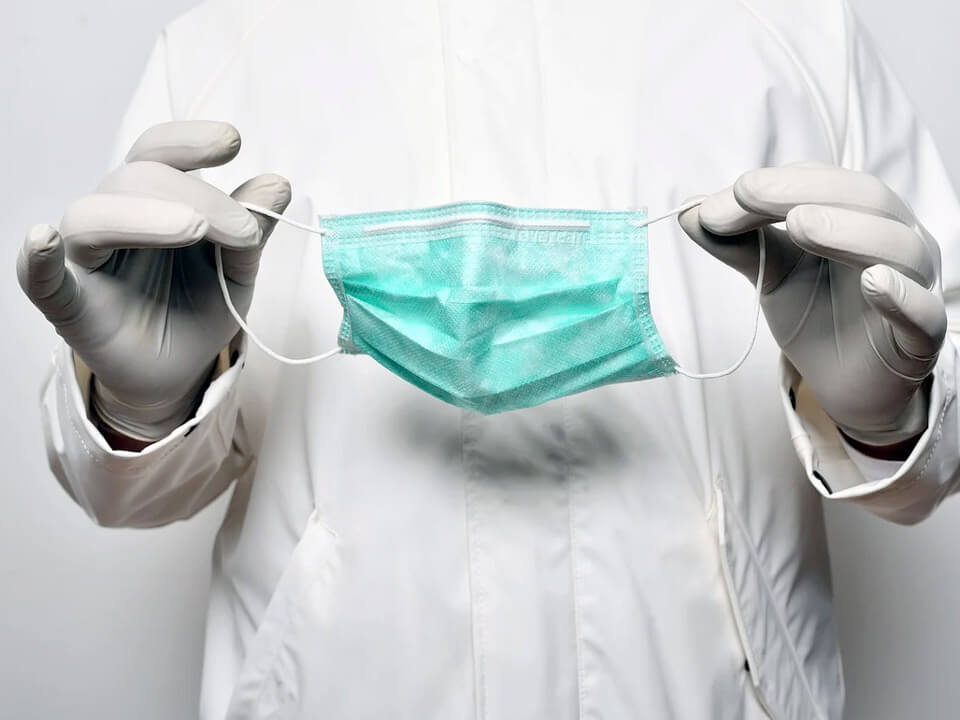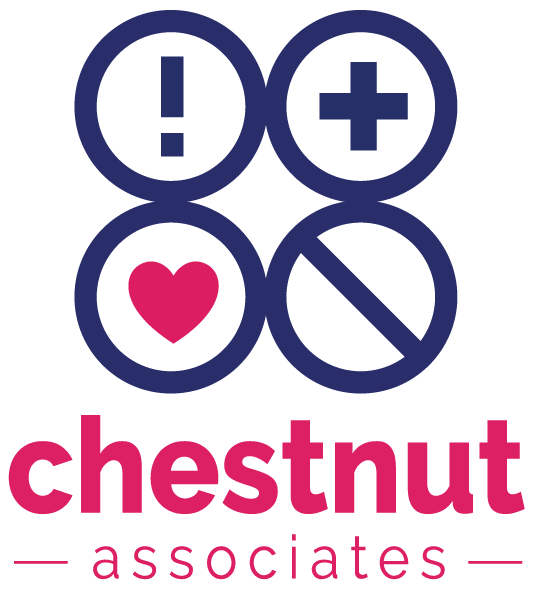The myths of PPE
Is a face covering the same as PPE?
 HSE confirm that face coverings are not classed as PPE for the following reasons:
HSE confirm that face coverings are not classed as PPE for the following reasons:
- There are no specific British Standards that apply or any manufacturing standards
- They do not protect against work related COSHH risks such as fume, or dust or spray
PPE in health & safety is to be used as a last resort. Other measures should be in place to control the risk more effectively and these are:
- Social distancing for smaller premises
- Reduce numbers or change work patterns
- Use excellent hand hygiene protocols
- Increase cleaning of high contact surfaces
- Ensure shift workers and teams remain together
- Use Perspex screens or physical barriers to separate staff and visitors
Face coverings need to be worn correctly. This means covering the nose and mouth, as they are the main modes of transmission of the COVID-19.
Should I use face shields or visors instead of face masks?
Face shields or visors should not be used instead of a face covering.
This is because they don’t adequately protect the nose and mouth. However, if worn in addition to a face mask this will further reduce the risk of transmission by absorption through the eyes.
Do we have to provide PPE to first aiders?
Providing PPE for use by first aiders seems a “reasonably practicable” action at the current time.
The issue of first aid coverage during the Covid-19 pandemic raises a number of issues. Perhaps the most prevalent is the concern about being exposed to the virus.
For the employer this matter raises a number of risks, including:
- Your first aiders refusing to provide assistance, resulting in the injured party coming to increased harm
- Liability if a first-aid trained member of staff contracts COVID-19 after assisting a person with symptoms or who is asymptomatic.
The purpose of first aid is to preserve life and prevent a worsening of the condition. As we go in and out of COVID 19 lockdowns, the Health and Safety Executive (HSE) guidance states that first aiders should “try to assist at a safe distance from the casualty as much as you can and minimise the time you share a breathing zone” and that if they are capable, tell the injured/ill party to “do things for you”.
However, the HSE also states that “treating the casualty properly should be your first concern”.
Employers should think carefully about the risks in their workplace and whether, if a first aider is exposed to Covid-19 and PPE was not provided, they could argue that they did everything “reasonably practicable” to control the risks. If it’s decided not to provide PPE for first aiders, especially if it has been requested, a written record should be kept of the factors taken into account in making the decision.
Does a CE marking mean PPE is genuine?
The short answer is not necessarily.
Where possible, use trusted suppliers who have their own verification processes in place with manufacturers. The supplier also needs to understand your specific product requirements to avoid wrong, but fully tested, PPE being procured.
PPE that doesn’t meet CE standards could still — quite improperly — be displaying the logo. More often, other statements or logos that might be confused with CE marking could be used by the manufacturer.
There is nothing to prevent a manufacturer just using the letters C and E without necessarily infringing the EC’s legal rights, which is why knowing what a real CE mark should look like is important.
Always check apparent CE markings and you could ask the manufacturer for a certificate of conformity. A real CE mark may show a four-digit identification number of the Notified Body concerned with the CE approval process.
Please email joanne@chestnutassociates.co.uk for further details


